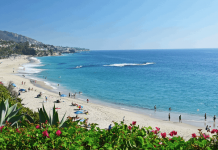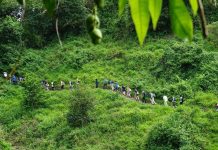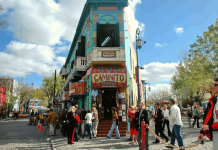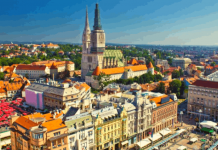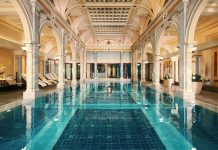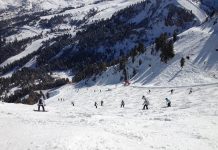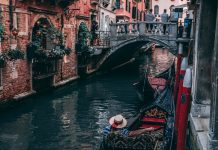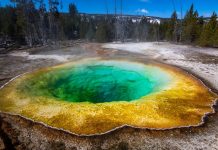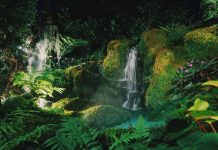Slovenia, the land of environmental sustainability and natural beauty, is a paradise for travelers who wants to escape from the hustle and bustle of the noisy city streets and spend some time with the serenity and calmness of nature.
With its vibrant history and culture, plus its natural landscape filled with mountains, rivers, and caves, Slovenia is truly a place worth visiting.
Discover why Slovenia is an excellent place for nature and outdoor lovers, and learn about some of the best places to visit when taking a nature trip in this magical place! In this article, we explore the following locations:
- Postojna Cave — A Wonderful Treasure
- Triglav National Park — Slovenia’s Lone National Park
- Lake Bled — The Gateway To Triglav
- The Logar Valley — An Alpine Beauty
- UNESCO World Heritages — Mercury Mine And Škocjan Caves
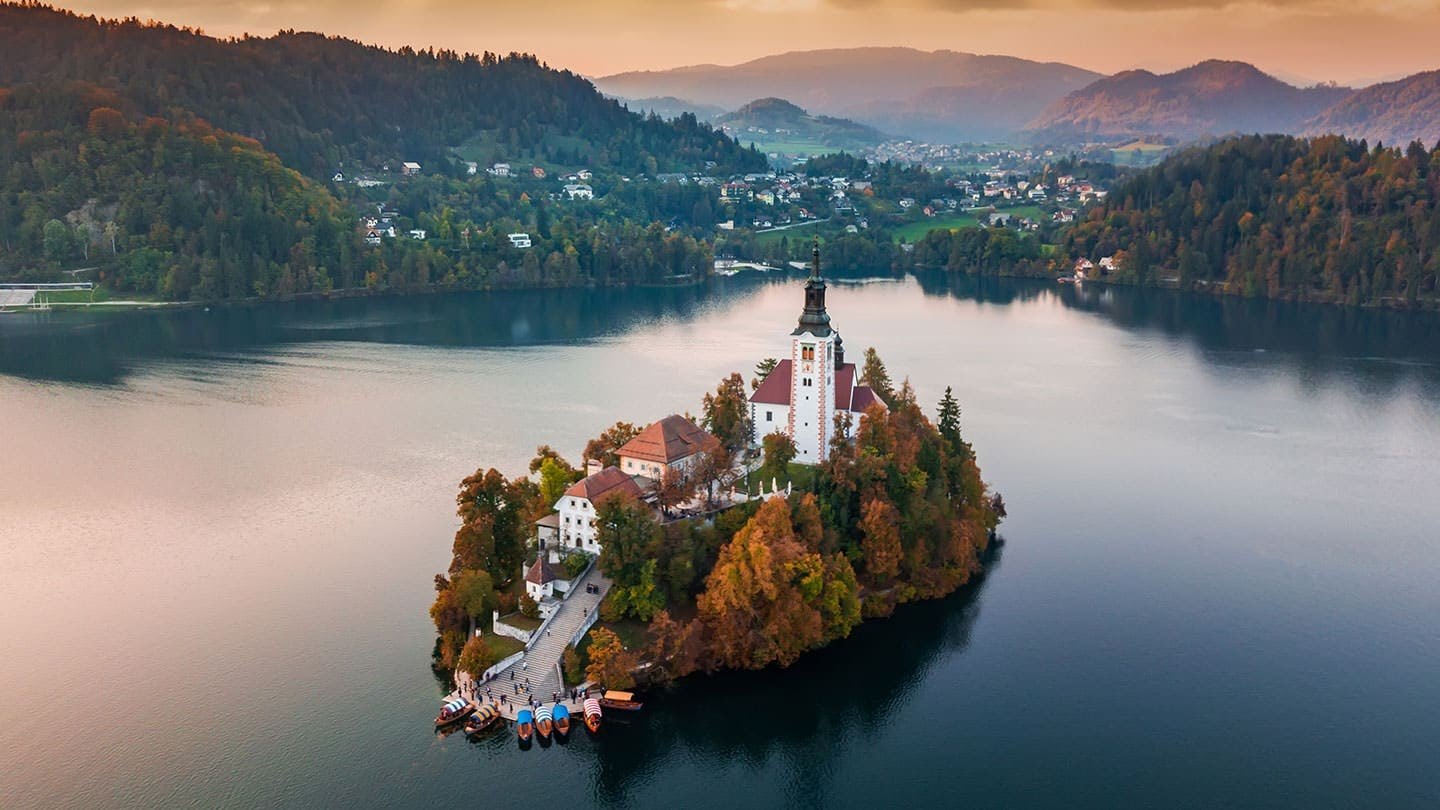
Postojna Cave — A Wonderful Treasure
Among Slovenia’s twenty-two caves open to the public, the huge Postojna Cave located in south-western Slovenia is the most visited. The cave is known for its extensive cave system, boasting thirteen miles (20 kilometers) of hallways, chambers, and galleries, with ceilings reaching nearly 50 meters (150 feet) high.
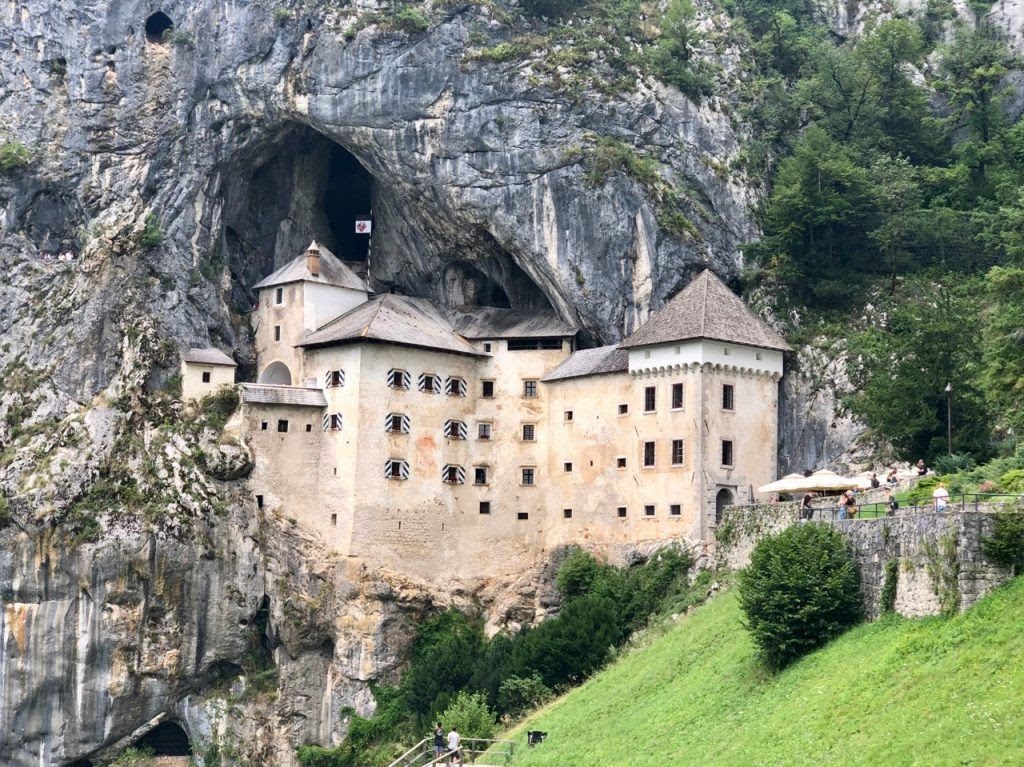
Opened to the public nearly two centuries ago, the cave is believed to be over two million years old and has been visited by over 37 million people. The cave sits on the Pivka River, which is responsible for forming most of the cave’s stunning chambers.
The cave is truly a cultural icon of the local area’s traditions. A nativity scene with live actors is set in the cave every December and concerts are also held inside the cave several times a year.
Aside from being an essential part of the culture, the Postojna cave is home to the olms, one of the world’s rarest aquatic species, a local eyeless aquatic salamander. Olms can live up to 100 years and can grow up to one foot in length. These creatures are the world’s largest cave-dwelling animals.
Touring The Cave
You can tour the cave via a 90-minute guided tour, which will take you to see caverns, halls, and passages. There is also a train tour that takes you through the cave’s parts and lets you walk through some of the majestic and interesting sections of the cave.
One of those interesting sections is the medieval castle built into the side of the cave on the north of Postojna, an absolute architectural delight and masterpiece that draws attention from most tourists.
Other must-sees while touring the cave are the Concert Hall, a large cave named due to its spectacular acoustics, the Spaghetti Hall, called as such because of its tunnels’ shape within, and the underground railway which transports visitors.
Triglav National Park — Slovenia’s Lone National Park
Triglav National Park, named after Slovenia’s highest peak, the Triglav, is the only national park in Slovenia. Found in the north-western region of the Julian Alps, the park has several notable and iconic sceneries that are surely every nature lover’s delight.
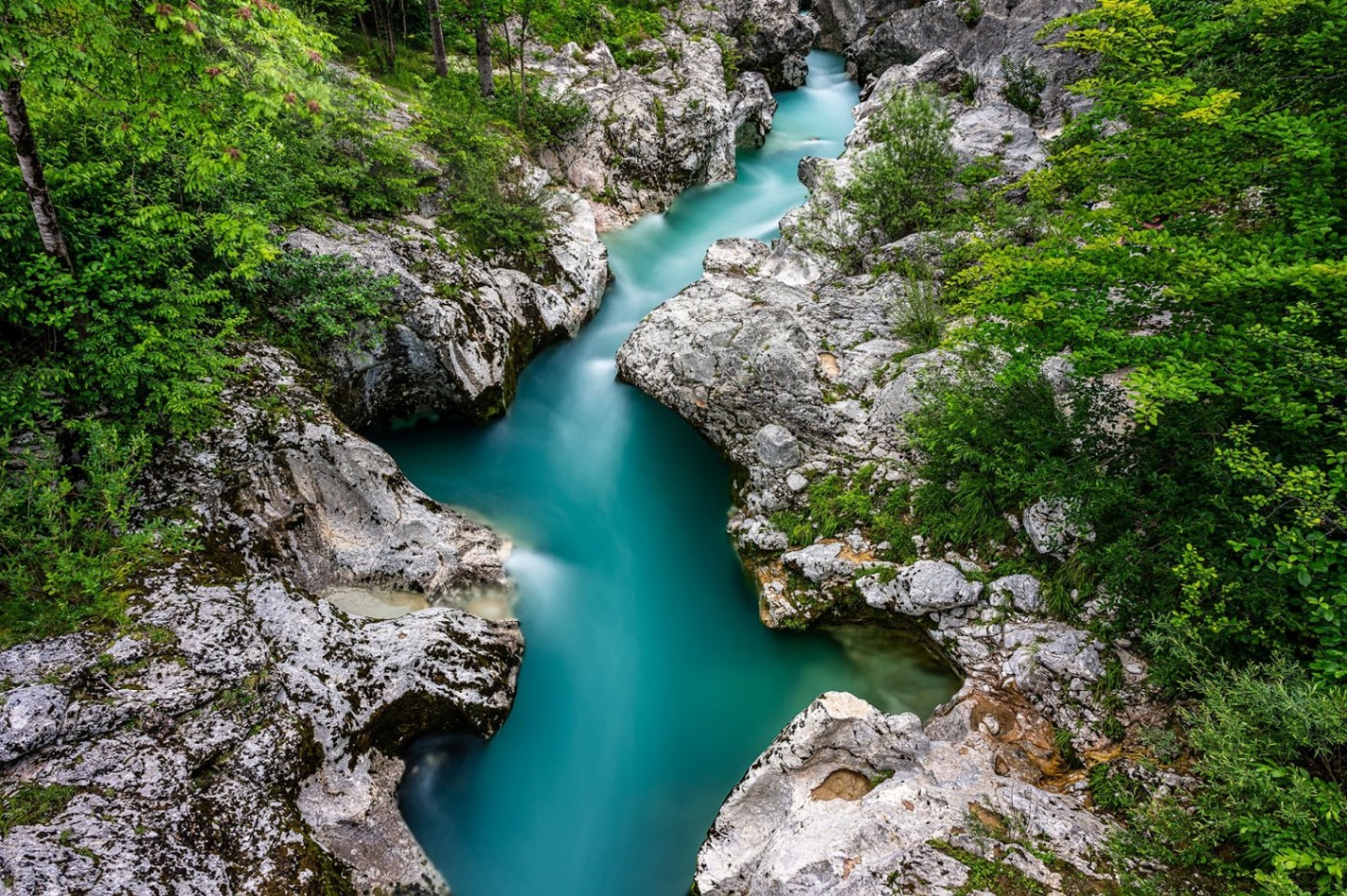
The park provides easy access to the legendary peak of Mount Triglav, the calm and serene waters of Lake Bohinj, the grand water rush of the Savica Waterfall, and the Vintgar Gorge and Soča River Valley. These natural wonders make up about four percent of Slovenia, so visiting Triglav National Park is surely a hit for nature and outdoor lovers.
Aside from these, the landscape also offers tourists the opportunity to go for an adventure by crossing the Vintgar Gorge on a wooden footbridge from the 19th century or climbing the steep staircase to marvel at the Savica Waterfall. The Tolmin Gorge, famed for its hot springs, is also a great place to explore.
What’s more, the government of Slovenia is taking measures to preserve and protect their country’s only national park. Due to this, Triglav National Park is protected from building work and extensive industrial developments to preserve the beauty of the area.
Soča: One Of The Most Beautiful Rivers In Europe
The Soča River Valley, or Isonzo (in Italian), is considered one of the most beautiful and most preserved Alpine rivers in Europe. It is 138-kilometers long and starts at the Trenta Valley, and flows into Bovec, Kobarid, Tolmin, Most Na Soci, and Nova Gorica.
The river is where the Isozo Front took place, the bloodiest mountain battle during World War I and probably in history.
However, the Soča is best known for its spectacular emerald green water, earning the name “the emerald beauty.” Aside from its waters, the river is also famed for its gorges. It is a must-see for travelers who want to be captivated by the wonders of nature.
Lake Bled — The Gateway To Triglav
Surrounded by the Julian Alps, Lake Bled is what you get when you mix real life with a fairytale. It could have easily been included as part of the Triglav, but it deserves its own spot on this list!
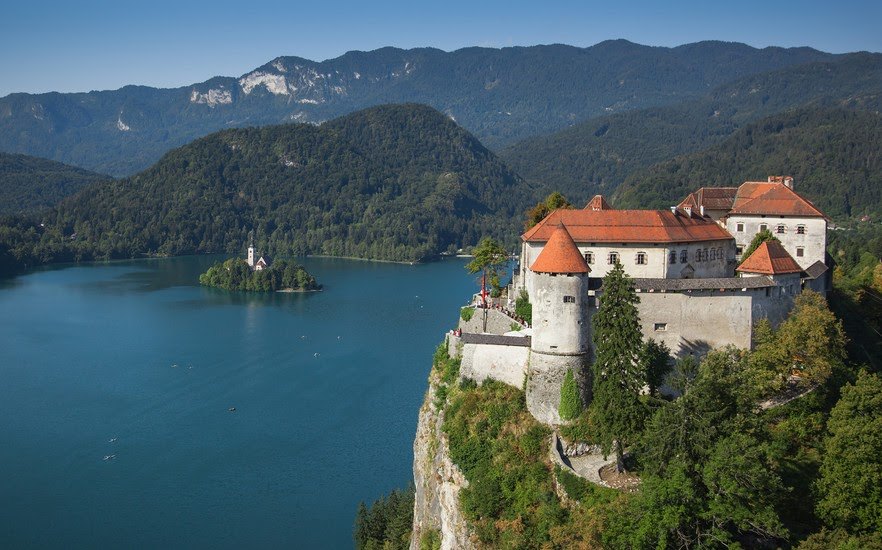
The town of Bled boasts a glassy, emerald lake that is perfect for boating but can also be explored through walking as the lake isn’t that large. The best way to reach the island is by taking a pletna, a traditional gondola in Bled.
Bled offers a majestic view as there sits a small island in the middle of the lake, home to a 17th Gothic church open to be explored by visitors. The Gothic church, or Bled castle as it is called, sits atop a hill overlooking the town.
It is considered good luck to ring the church’s bell when visiting the island – and to do that; one must walk up ninety-nine steps to reach the island’s church.
Other Things To Do At Lake Bled
Of course, Lake Bled offers many new experiences aside from its scenery and landscape (which is already quite enough!). Visitors can also ride horses on the shore or rent a rowboat to explore the water and go kayaking or canoeing.
Famous skiing areas located just nearby Bled can be reached via a chairlift, which will take you to the summit of Straža Ski Slope. From there, you can choose to either ski, stroll, or even use a toboggan to get to the bottom.
The Logar Valley — An Alpine Beauty
Close to the border of Austria and located at the heart of the Kamnik-Savinja Alps, the Logar Valley (or Logarska Dolina in Slovene) is one of the most beautiful and spectacular valleys in Europe. The valley dates back to the Ice Age and is about 7 kilometers long and between 250 to 500 meters wide.
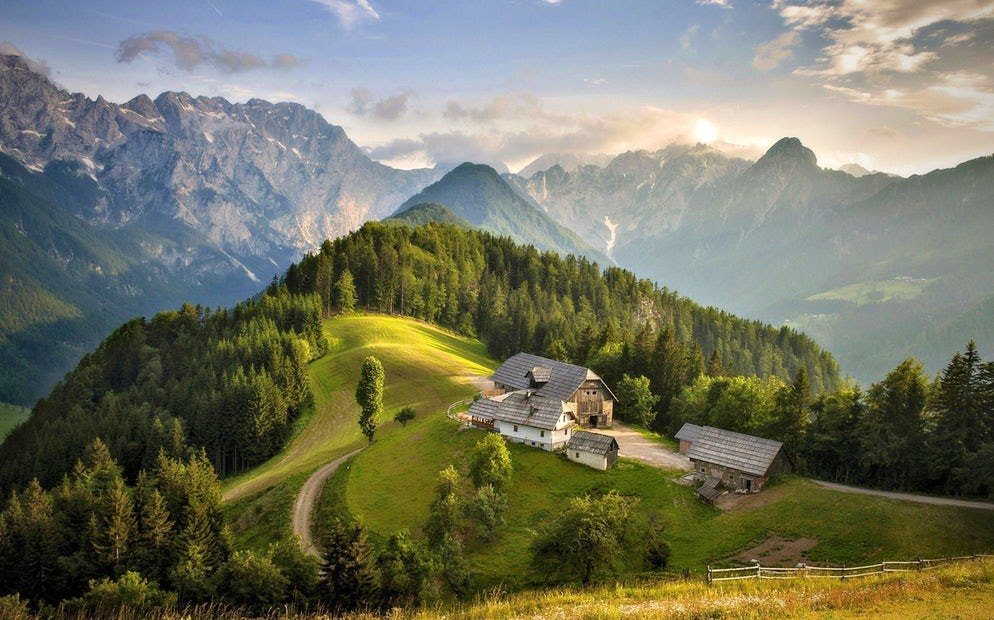
The valley sits upon a glacier that created the basin, which makes the area resemble a trough. Carpeted with green meadows, the Logar Valley is unique because of its U-shape with icy gray peaks. It is also famed for its many waterfalls, with the 90-meter Rinka Falls being the most notable among them.
For those seeking adventure, the area can be used as the base camp in hiking the mighty peaks of the Kamnik-Savinja Alps. The landscape park can also be a site for biking, cycling, horseback riding, safari photography, among many others.
The majestic area was the recipient of the CIPRA Future in the Alps Award for successful management and conservation of the protected area.
A Forest That Stood The Test Of Time
The valley is divided into distinct areas: the lower, central, and upper parts. Visitors will find the lower and the central regions filled with meadows which they can freely explore, while the upper valley is the start of the forest.
The entire upper area has become a regional park that ensures the preservation and conservation of local fauna and flora in a pristine and untouched environment conducive to wildlife species.
UNESCO World Heritages — Mercury Mine And Škocjan Caves
Being a site to several UNESCO World Heritage Sites, Slovenia is home to the Mercury Mine in Idrija and the Škocjan Caves in southwestern Slovenia.
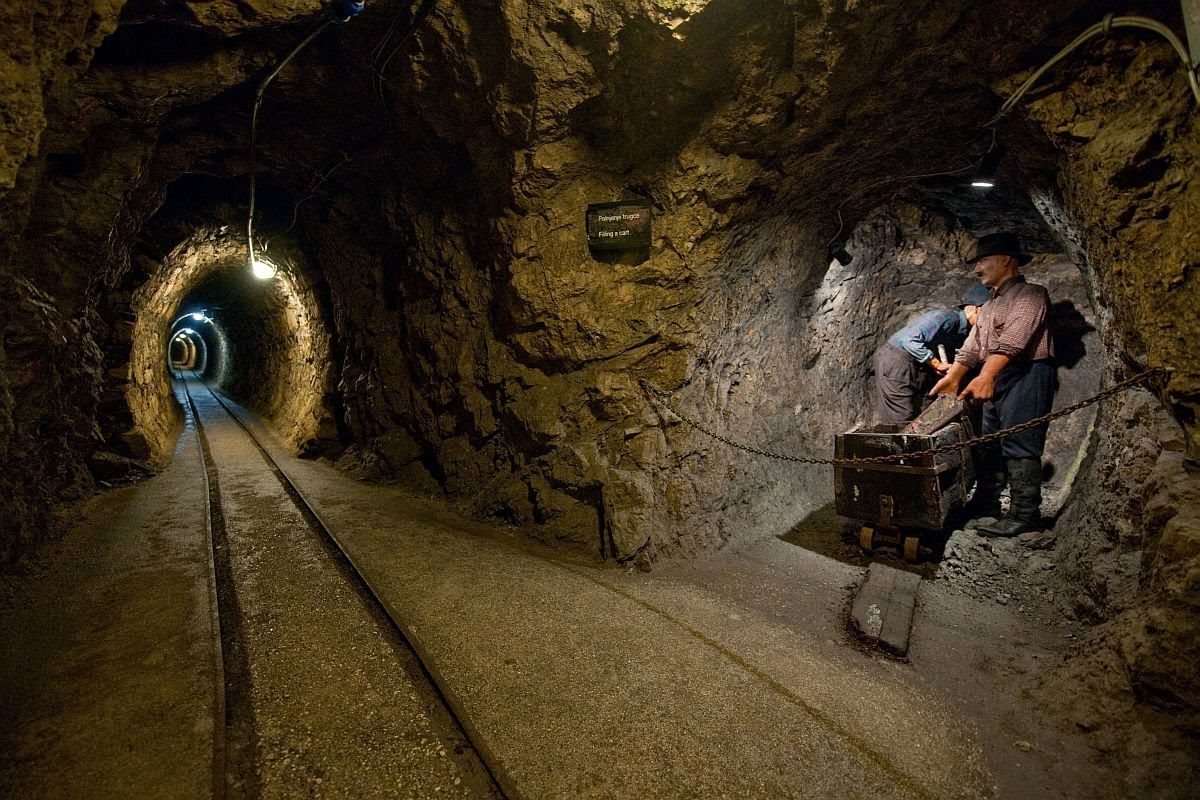
Once an operating mercury mine, the Mercury Mine found in Idrija was the second-largest mercury mine in the world. Now, it is a historical and educational museum for visitors to learn about Slovenian miners’ lives.
To enter the mine site, one would have to go through the entrance found on Anthony’s Main Road, which dates back to the 16th century and is considered to be one of the oldest mine shaft entrances in Europe.
Its cultural history and significance led to the Mercury Mine being recognized as a World Heritage Site in 2012.
Škocjan Caves
Another cave system in Slovenia, this UNESCO World Heritage Site, is home to the largest cavern in Europe. It also houses an underground river and underground canal which can be visited and explored.
Notable highlights which are majestic wonders are the Paradise, filled with stalagmite and stalactite formations; the Tominč Cave where remains of a prehistoric village could be found; and the Martel Hall, considered to be the largest underground hall in the world.
Don’t miss your chance to snap a photo on the underground Cervenik suspension bridge, hanging 50 meters above the river!
Conclusion
Not every place in the world is as blessed and majestic as the country of Slovenia — a truly remarkable and stunning location.
Be one with nature and immerse yourself with land and life as you travel to Slovenia, a place that brings fairy tales and fantasy to life because of its picturesque landscape and scenery.



